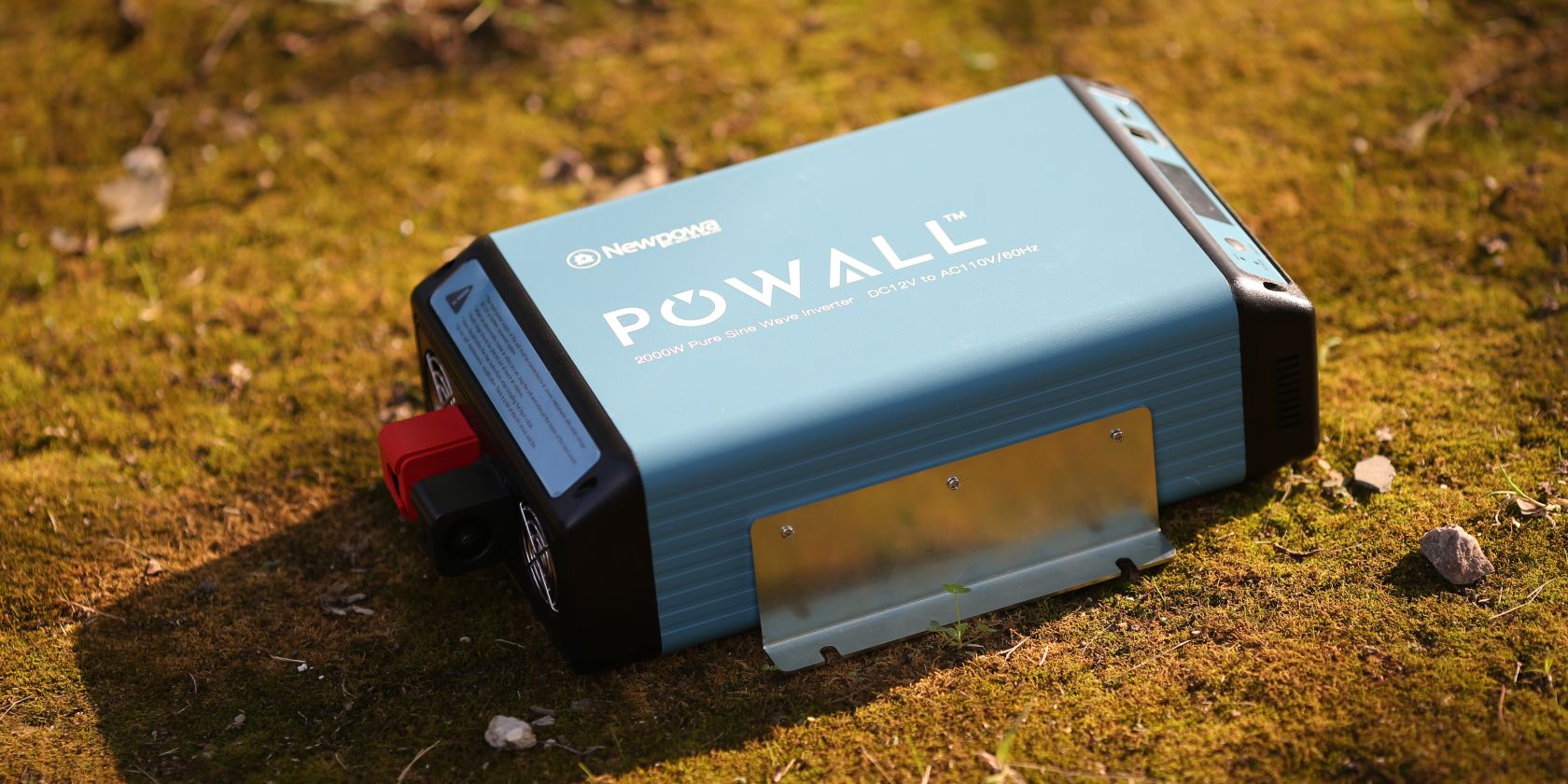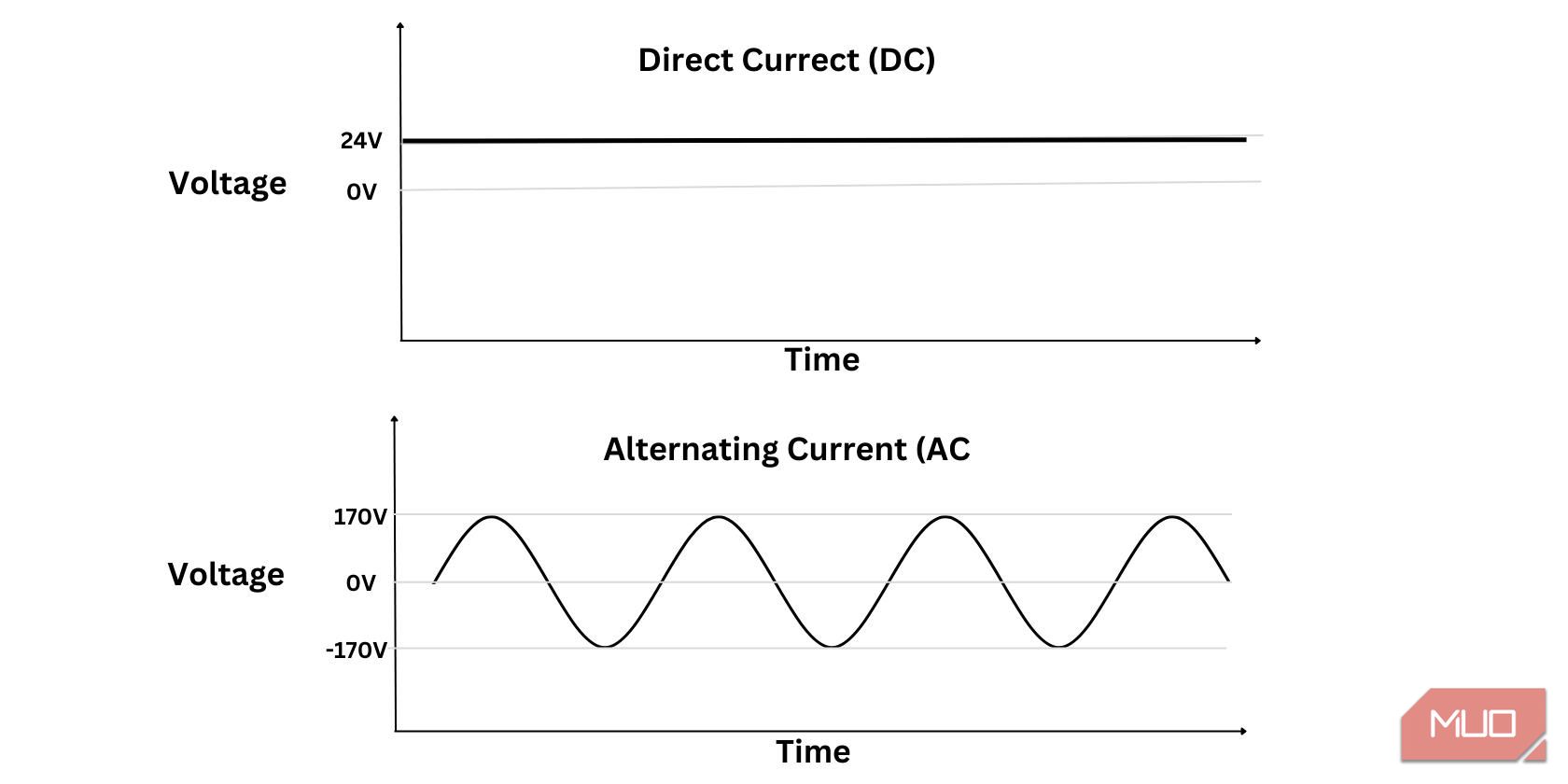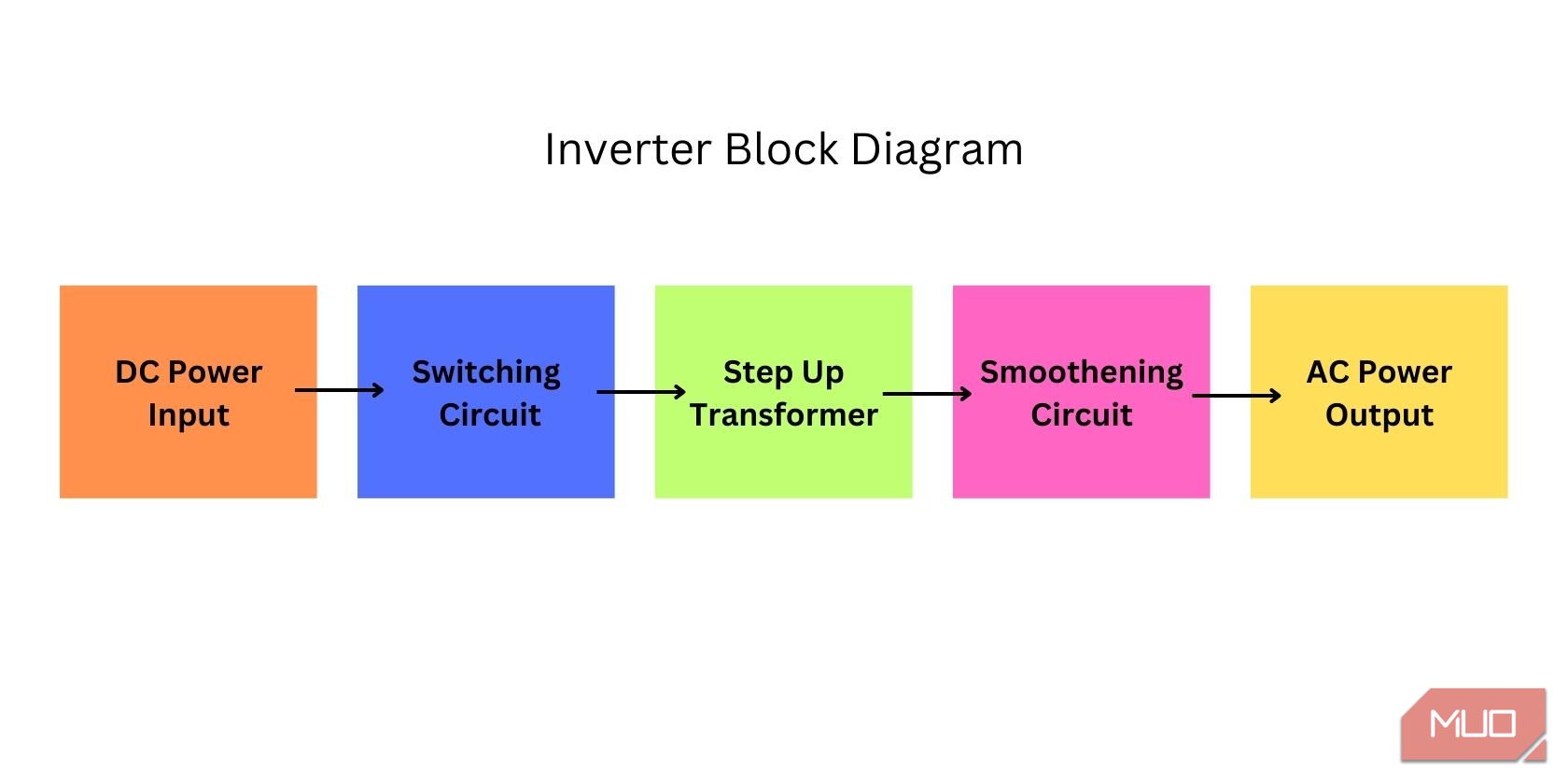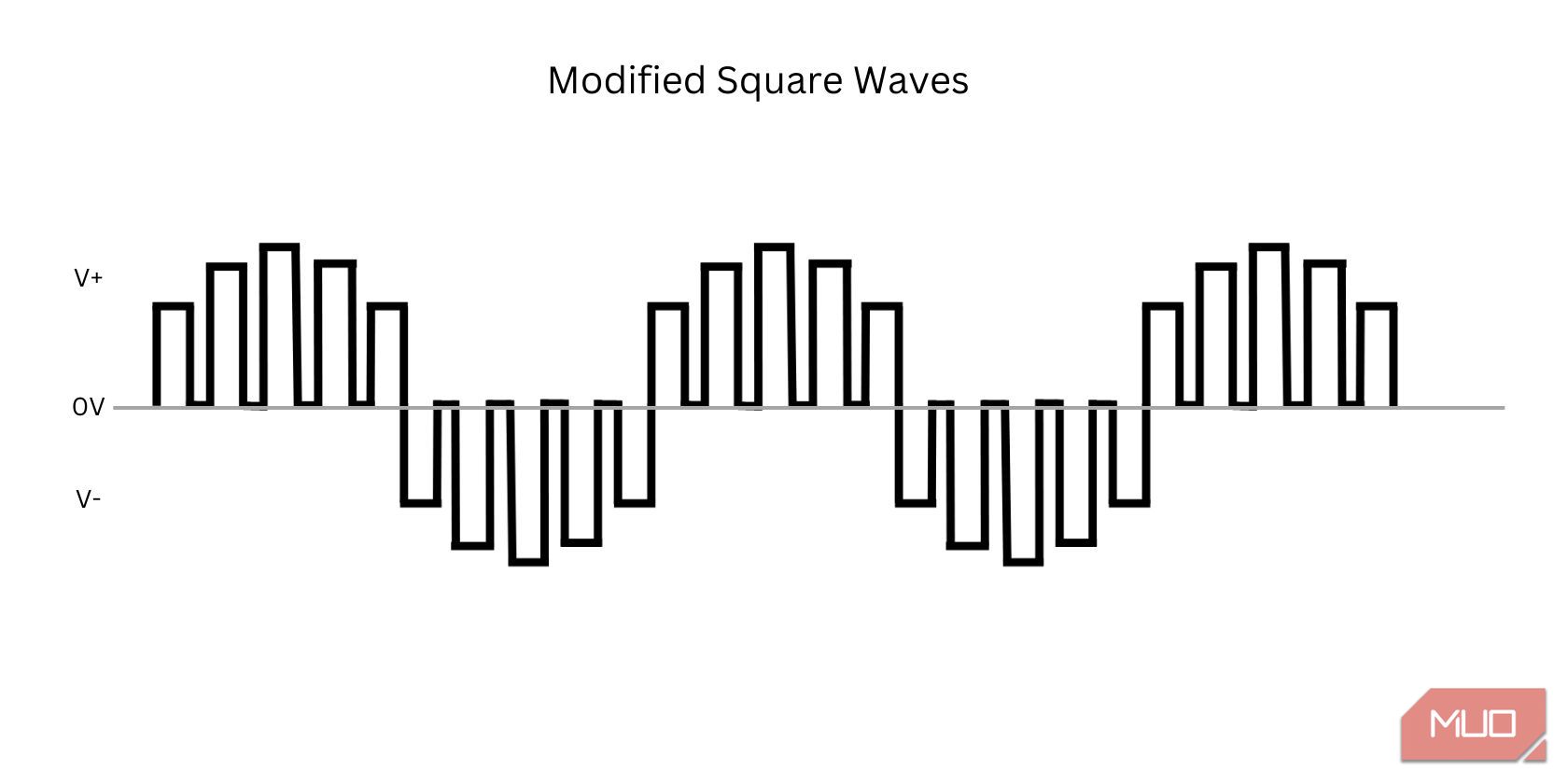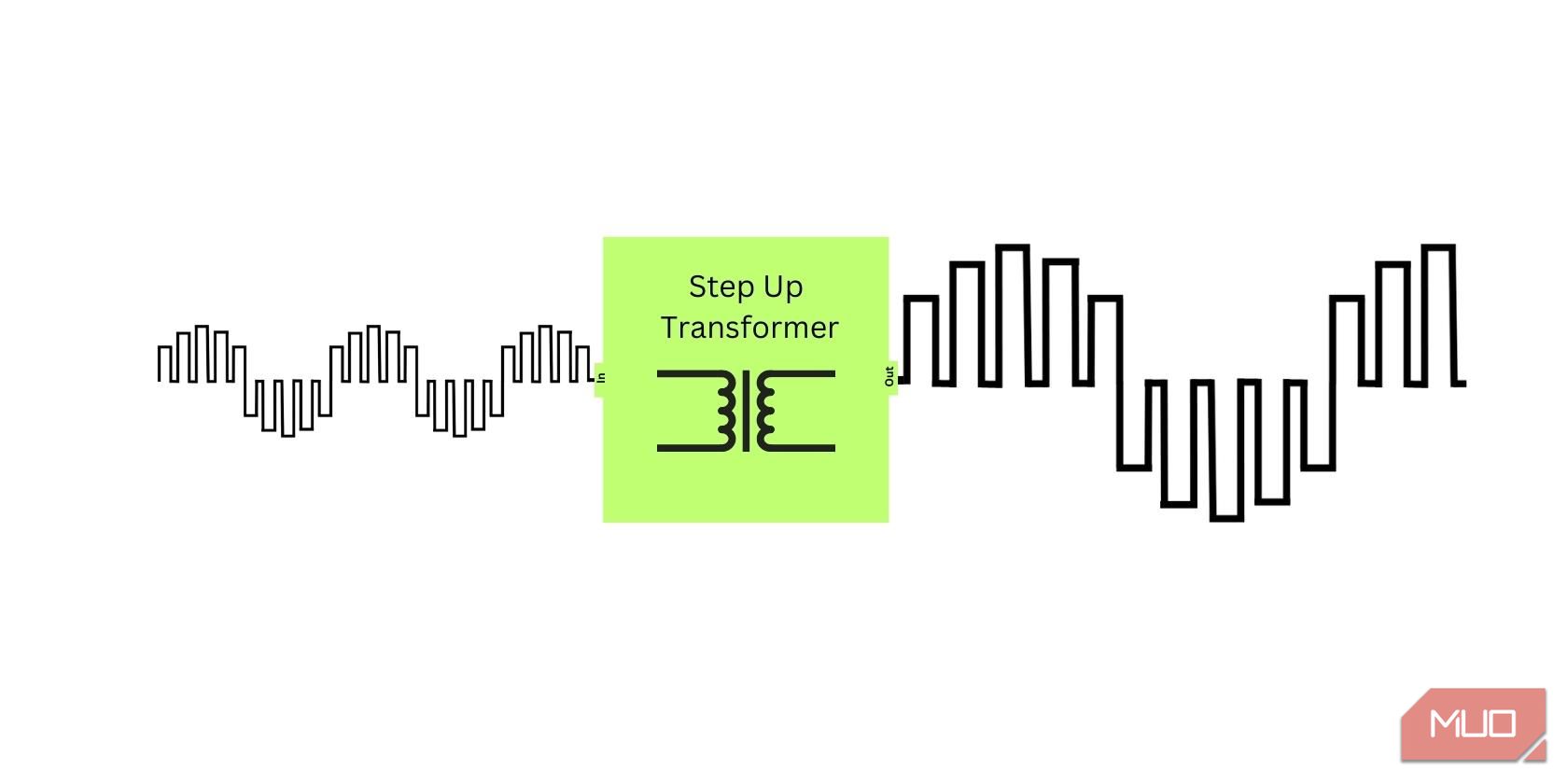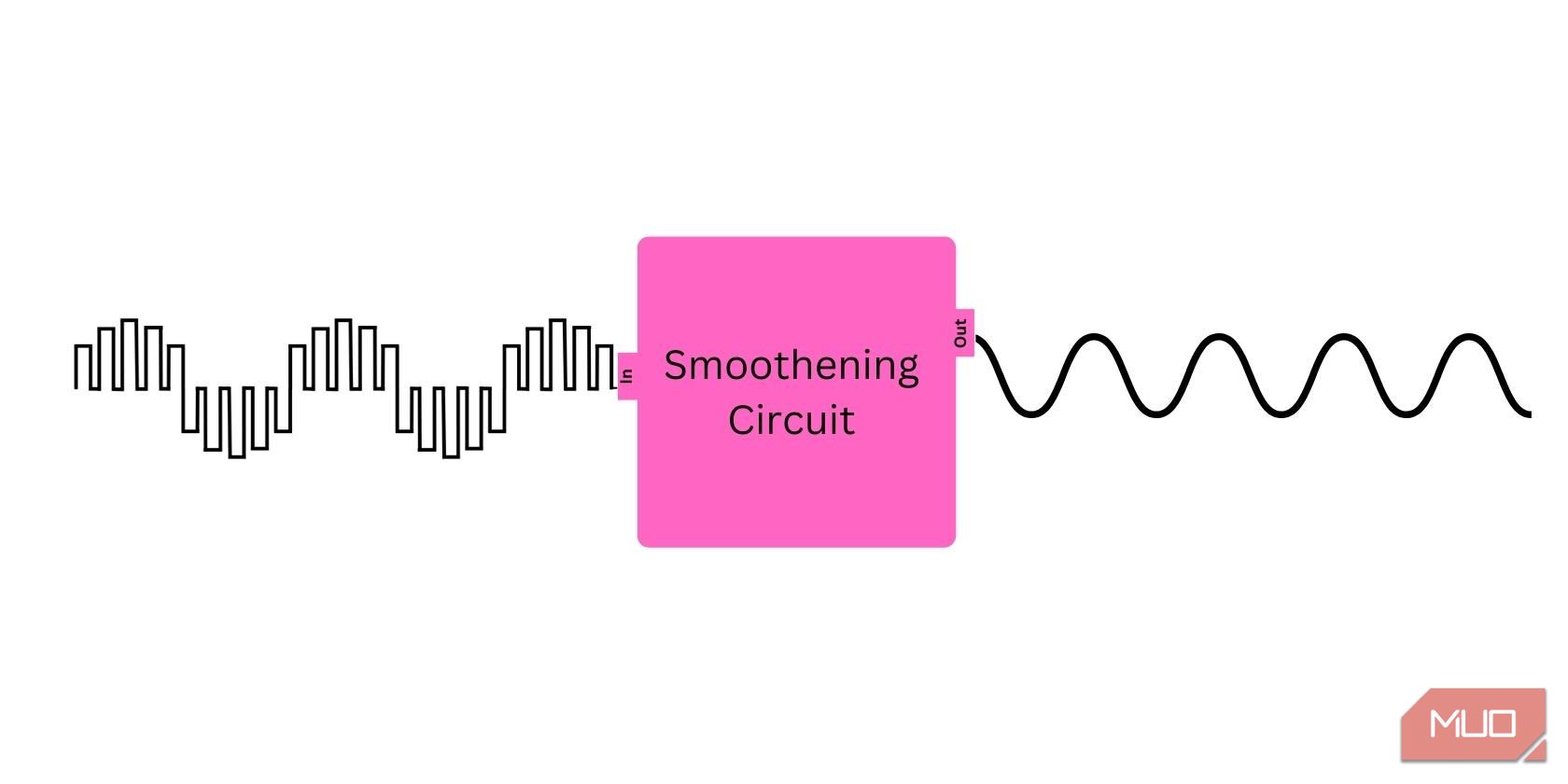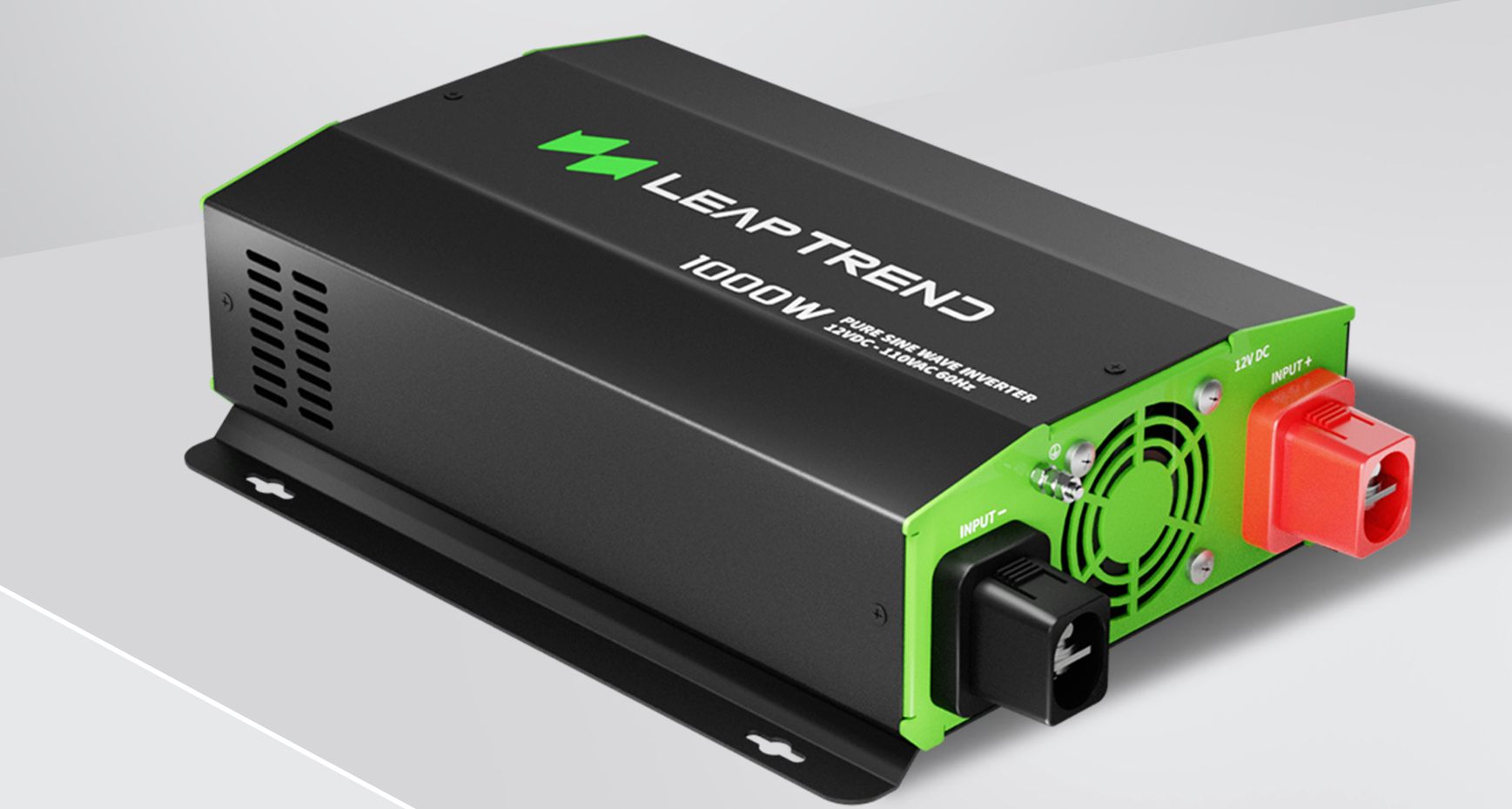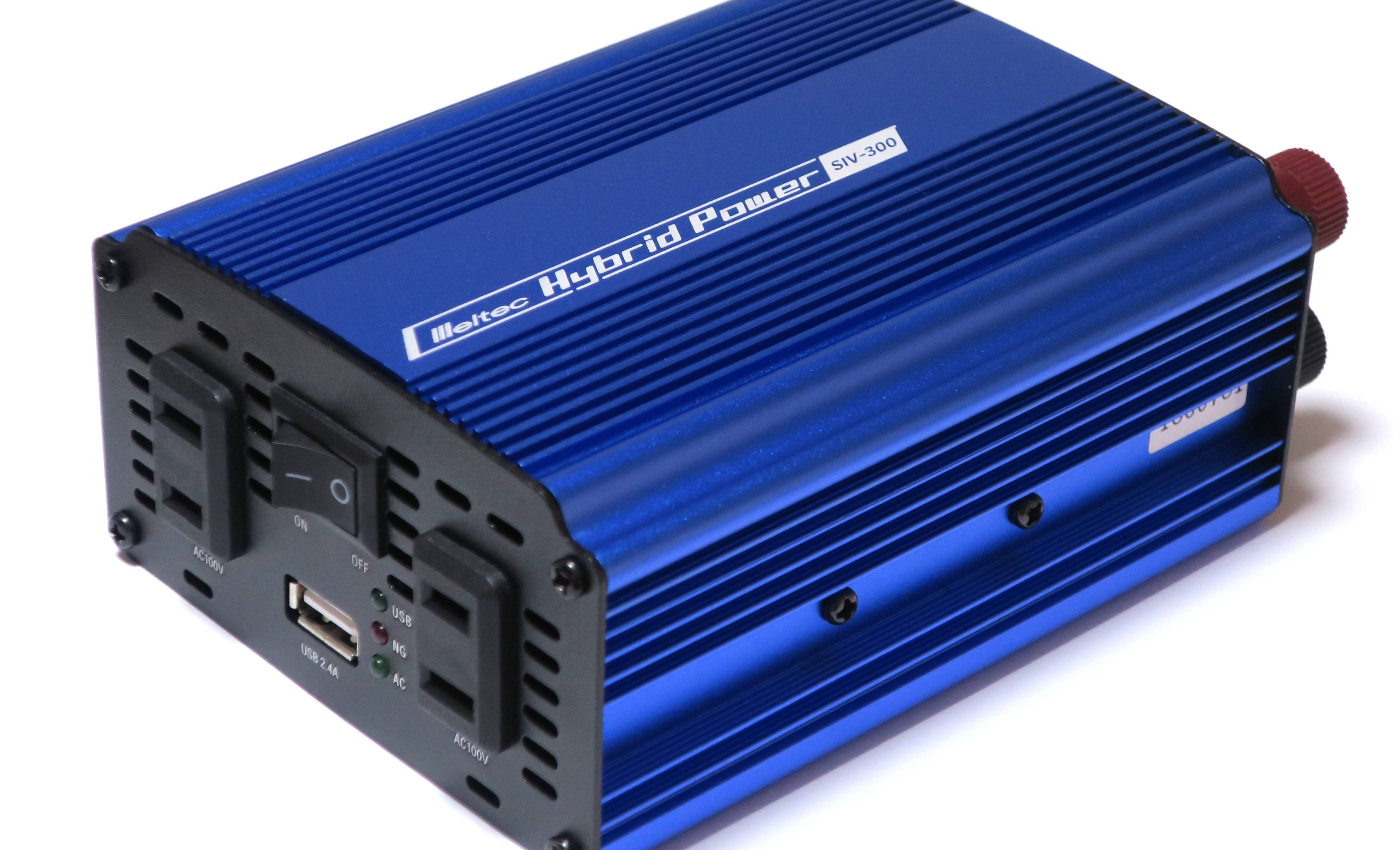Whether getting power from solar panels, batteries, or any other source, you must convert a direct current (DC) source into an alternating current (AC) for household use. To do this, you need a power inverter. However, there are two types of power inverters: the pure sine wave inverter and the modified sine wave inverter.
Each inverter type will have its strengths and weaknesses. So before buying one, you should weigh their differences and decide which better fits your needs.
How Power Inverters Work
The voltage characteristics of AC and DC vary. As you can see, DC voltage is straight (hence the name), while AC voltage is wavy or sinusoidal. As you can see, DC voltage is linear, hence the name. In contrast, AC voltage looks wavy or sinusoidal. If you look at the voltage levels, DC is always positive, while AC alternates from positive to negative voltages.
A power inverter takes the straight signal from your DC source and then mimics the sinusoidal characteristics of AC for its output. So, how does a power inverter turn a linear DC signal into a wavy AC signal?
Whether simple or complex, power inverters will always follow the same fundamental stages: switching, voltage boost, and smoothening.
In the switching stage, the straight DC signal is chopped by a group of transistors (what is a transistor?). By turning the power on and off for a specific duration, a DC signal gets chopped just the right way to form modified square waves. The resulting signal looks like this:
Now, the signal is starting to look wavy but still too sharp on the edges.
Before addressing the edges of our modified square wave, the inverter must boost the voltages of this wave. Usually, batteries and power generators provide 12, 24, and 48 volts. This isn't enough for household appliances, so a step-up transfer boosts the source voltage to match the 120 volts required in most US homes.
Once boosted, the inverter uses various filters to smoothen the sharp edges on the modified square wave to produce usable AC power.
Depending on the power inverter type, the sine wave quality you get will vary. This is important as it dictates what electronic device, household appliance, and electrical equipment you can power with the inverter.
So, what type should you get: a pure sine wave inverter or a modified sine wave inverter?
What Is a Pure Sine Wave Inverter?
A pure sine wave inverter outputs smooth and stable AC sinusoidal signals. Its output quality is comparable to what you get from your wall outlet. It sometimes even produces cleaner signals, depending on the design and manufacturer of the unit.
A clean and stable alternating current is crucial for sensitive electronics, precision tools, audio processing circuits, and oscillating devices. Using a pure sine wave inverter ensures your devices work at the optimal power levels they were designed for and are safe from different types of power disturbances. Furthermore, a clean AC source affects measuring tool accuracy, sound output cleanliness, and power tool efficiency. It also helps sensitive circuits last longer.
However, generating such smooth signals require complex designs, expensive components, and longer assembly times. This makes pure sine wave inverters costly and challenging to repair.
What Is a Modified Sine Wave Inverter?
A modified sine wave inverter produces a stepped approximation of a sine wave. Basically, the output waveform of a modified sine wave inverter looks like a series of steps following a sine wave's general shape.
Although the output may not be as smooth as your wall outlet's, the signals from a modified sine wave inverter are still enough to power most home appliances. Furthermore, modified sine wave inverters use simpler designs requiring fewer parts, making them cheaper to produce and easier to repair.
However, these modified sine waves are inefficient and create noticeable harmonic distortions. Because of this, they are not recommended for sensitive electronic devices, audio processing circuits, and other applications requiring accuracy and constant power.
Which Power Inverter Should You Buy?
To buy a power inverter that best fits your needs, consider your budget, device compatibility, inverter efficiency, and long-term use factors.
The first factor to consider is compatibility—your inverter should be capable of running your device. If you're running rotary motors (like electrical fans and power tools), heating elements (like toasters), and high-precision devices (like audio and medical equipment), you need a pure sine wave inverter. But for everything else, a modified sine wave inverter is enough.
You should also consider how often you'll use the inverter. Modified sine wave inverters can run most AC-powered devices. However, consistently using it for long periods can damage or shorten the lifespan of more sensitive instruments.
If you need an inverter for long-term use (like switching your home to primarily using solar power), you need a pure sine wave inverter. But a modified sine wave inverter should suffice if you only need an inverter for emergencies or occasional events.
As for efficiency, pure sine wave inverters will always be more efficient and produce little to no noise. This quality is essential if you want your devices and equipment to work with peak performance. With clean AC, power tools can reach max torque, heaters use less energy, and measuring equipment is more accurate.
Because of the complexity of pure sine wave inverters, expect them to be two to four times more expensive the modified sine wave inverters. So, if you're on a budget, you should stick with modified sine wave inverters. Of course, you can never go wrong with a pure sine wave inverter if you can afford it.
Specialized Inverters
If you need a more specialized type of inverter, several other types stem from the pure and modified sine wave inverters we've just discussed.
For those with a grid-tie system, a grid-tie inverter can synchronize the grid and your generator and even feed extra power back to the grid. A multilevel inverter can take multiple DC voltage levels to output pure sine waves, a good option for all high-power applications. There are even smaller 400-watt inverters that are easy to retrofit in your car and power through a 12V port at the center dashboard.
Inverters Help Homes Go Green
You need an inverter if you want to use alternative power sources for your home, like solar panels. You also need it if you have a battery to store power from wind turbines and other similar sources. With a power inverter, you can get your home off the grid and reduce your carbon footprint.

